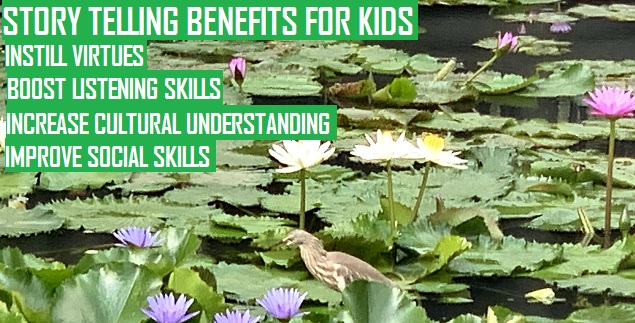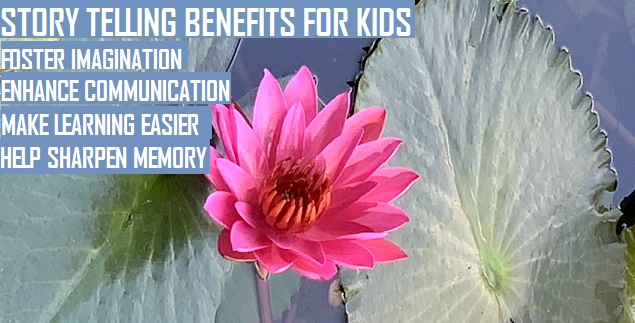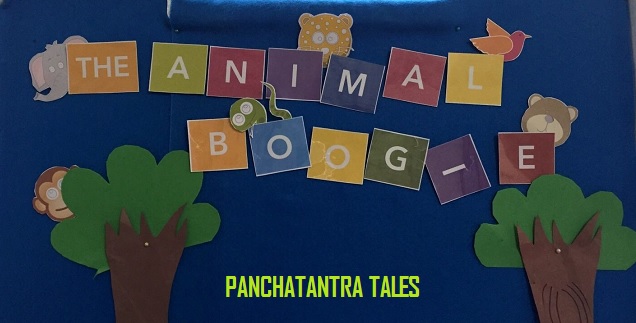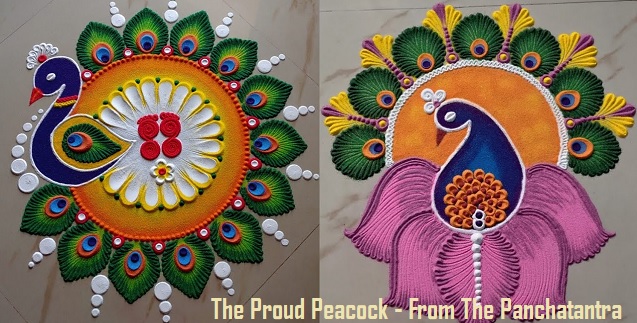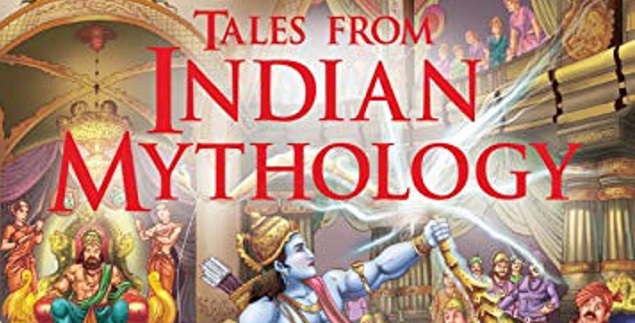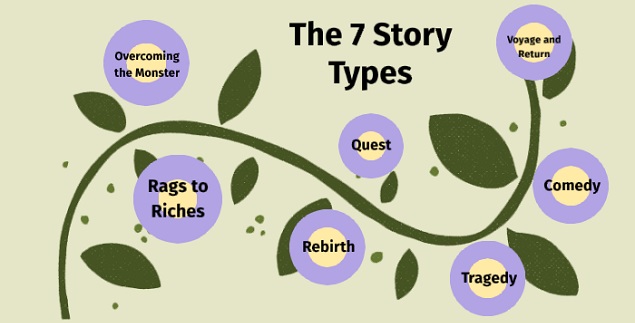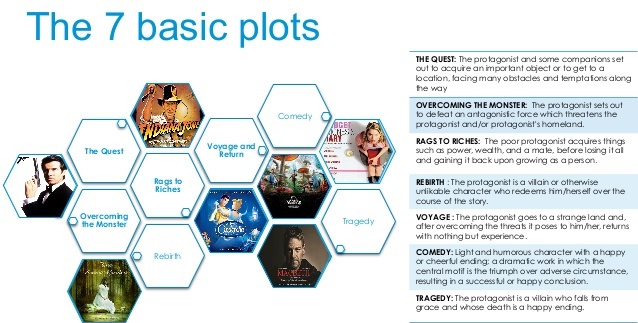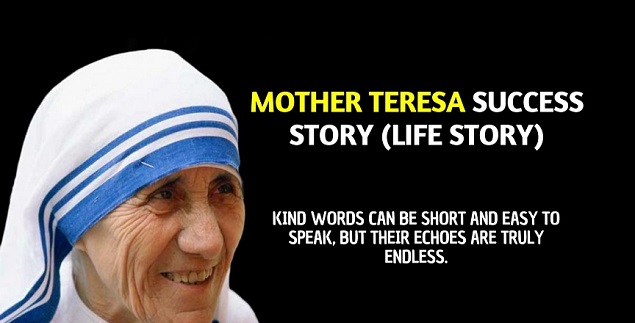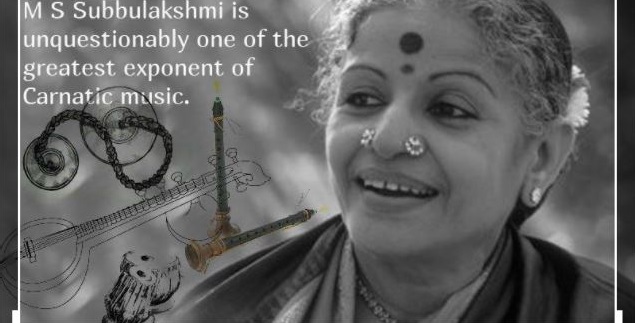Story Telling Blogs:
Positivity and hope, actionable insights, all drive human behaviour, but what actually drives from within is the self-suggestion we receive through a story we resonate with. We at “StoryTantra”, aim to build the curiosity to delve deep into the pertinent stories that steer our thinking.
Explore a few story telling blogs below.
The “I” in Me
Do you have a favorite story from when you were growing up? Story Tantra’s The “I” in Me is a Space for blogposts – for preteens, tweens about their insights about the world. For more details, please send us an email to
StoryTantra.com@gmail.com
About the Panchatantra
The Panchatantra of ancient India is a collection of fables originally written in Sanskrit. It has five distinct sections, each of which is focused on a specific principle, and is believed to have been written by Vishnu Sharma. Vishnu Sharma was assigned the task of implanting moral values and governing skills in the three sons of king Sudarshana. Thus, Vishnu Sharma created an interesting, entertaining work of five parts which he called the Five Principles and that became the Panchatantra. The Panchatantra has 5 parts based on the five principles ‘Mitra Bhedha’ (Loss of Friends), ‘Mitra Laabha’ (Gaining Friends), ‘Suhrudbheda’ (Causing discord between Friends), ‘Vigraha’ (Separation) and ‘Sandhi’ (Union). The Panchatantra is the best tool to build good character and inculcate good values in Children.
Mythology(Epics) and Puranas of India
Three great epics of India are the Ramayana, the Mahābhārata and the Srimad Bhagavatam. It is said that to understand these stories is in a large measure to understand India. Certainly, all three epics have exercised a profound influence upon India.
The Ramayana is an epic, traditionally ascribed to the Hindu sage Valmiki, that narrates the life of Sri Ram Chandra, the legendary prince of the Kosala Kingdom, his banishment from the kingdom by his father, King Dasharatha, his travels across forests in India with his wife Sita and brother Lakshmana, the kidnapping of his wife by Ravana, the demon king of Lanka, resulting in a war with him, and Rama's eventual return to Ayodhya to be crowned king.
The Mahābhārata is an epic narrative of Krishna and the Kurukṣetra War and the fates of the Kaurava and the Pāṇḍava princes. It also contains philosophical and devotional material, such as a discussion of the four "goals of life". Among the principal works and stories in the Mahābhārata are the Bhagavadgītā, the story of Damayantī, an abbreviated version of the Rāmāyaṇa, and the story of Ṛṣyasringa, often considered as works in their own right. The Mahābhārata is the longest known epic poem and has been described as "the longest poem ever written.
The Srimad Bhagavatam is about the divine child then adult Krishna. As it begins, the forces of evil have won a war between the benevolent devas (deities) and evil asuras (demons) and now rule the universe. Truth re-emerges as Krishna first makes peace with the demons, understands then, and then creatively defeats them, bringing back hope, justice, freedom, and good - a cyclic theme that appears in many legends.
These ancient stories are a thrill to read even today and capture the imagination of millions of people throughout the world.


